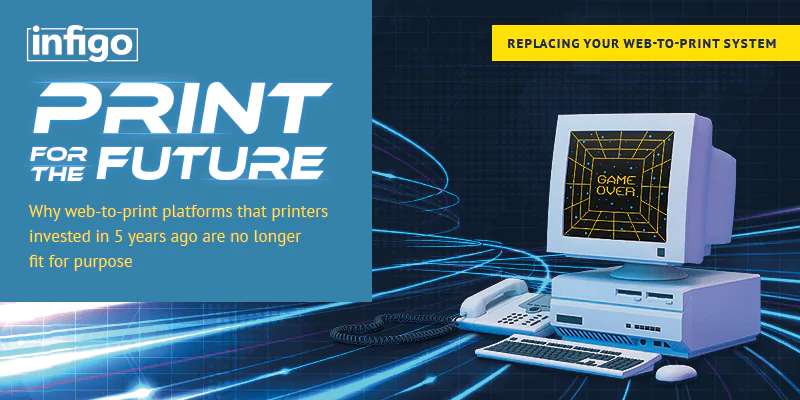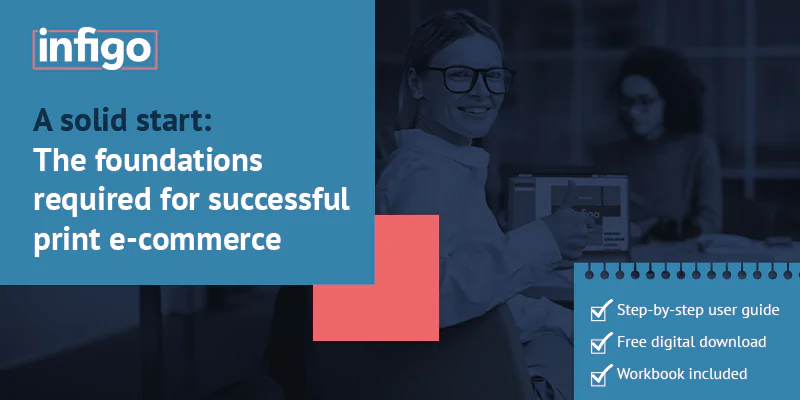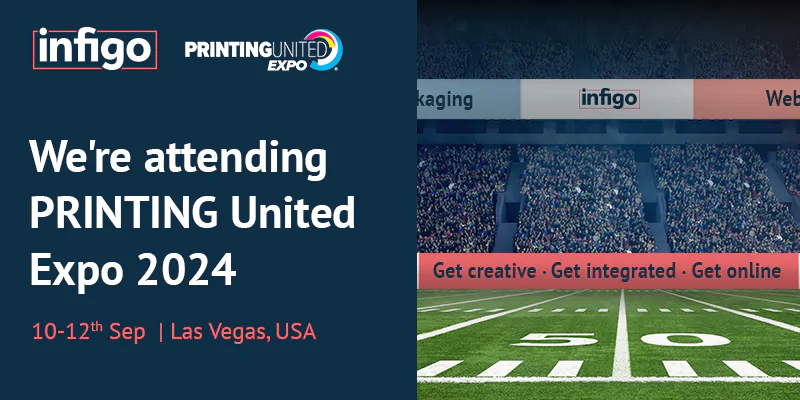There have been many times in recent years when it might have felt that we’d all woken up in a dystopian future, much like the alternative timeline in Back to the Future 2.
Political unrest and upheaval in Europe and the US, a global pandemic and escalating conflicts. Sometimes it seems that we’re living in Biff Tannen’s altered future. And like the imagined 2015, where Marty finds himself surrounded by advanced technology, it feels that it’s impossible to keep up with the latest innovations in web-to-print software.
And like Marty’s dabbling with time travel, investing in the wrong web-to-print platform can have unintended consequences in the future.




